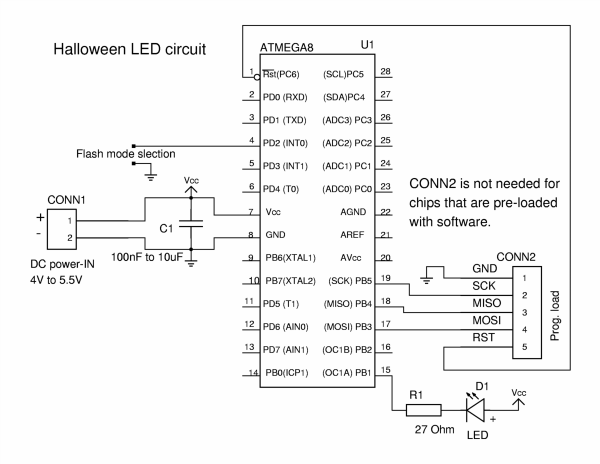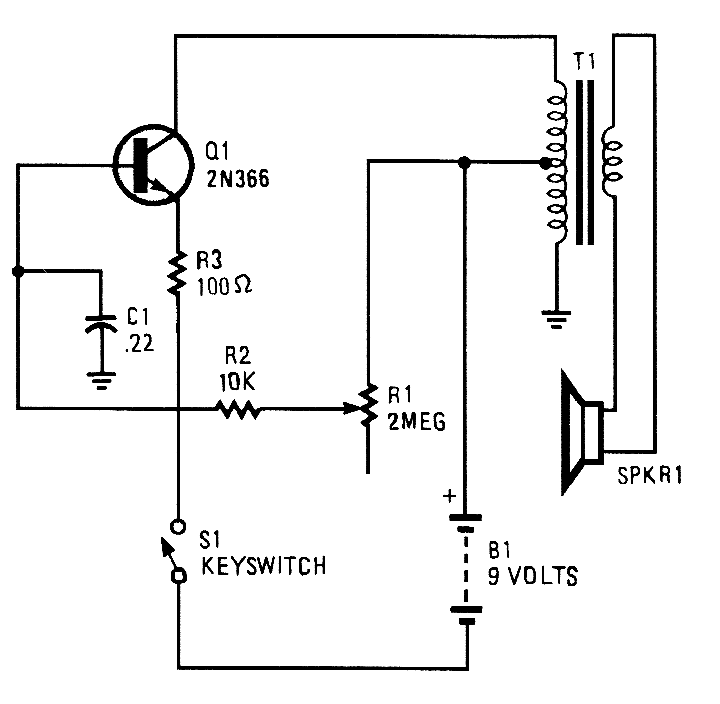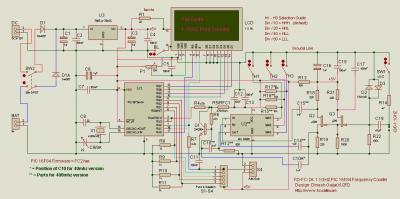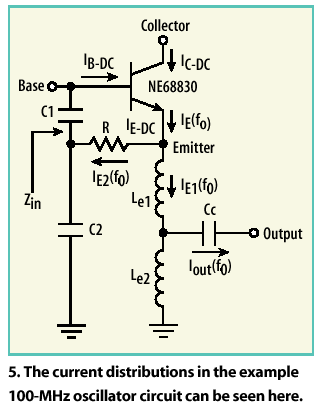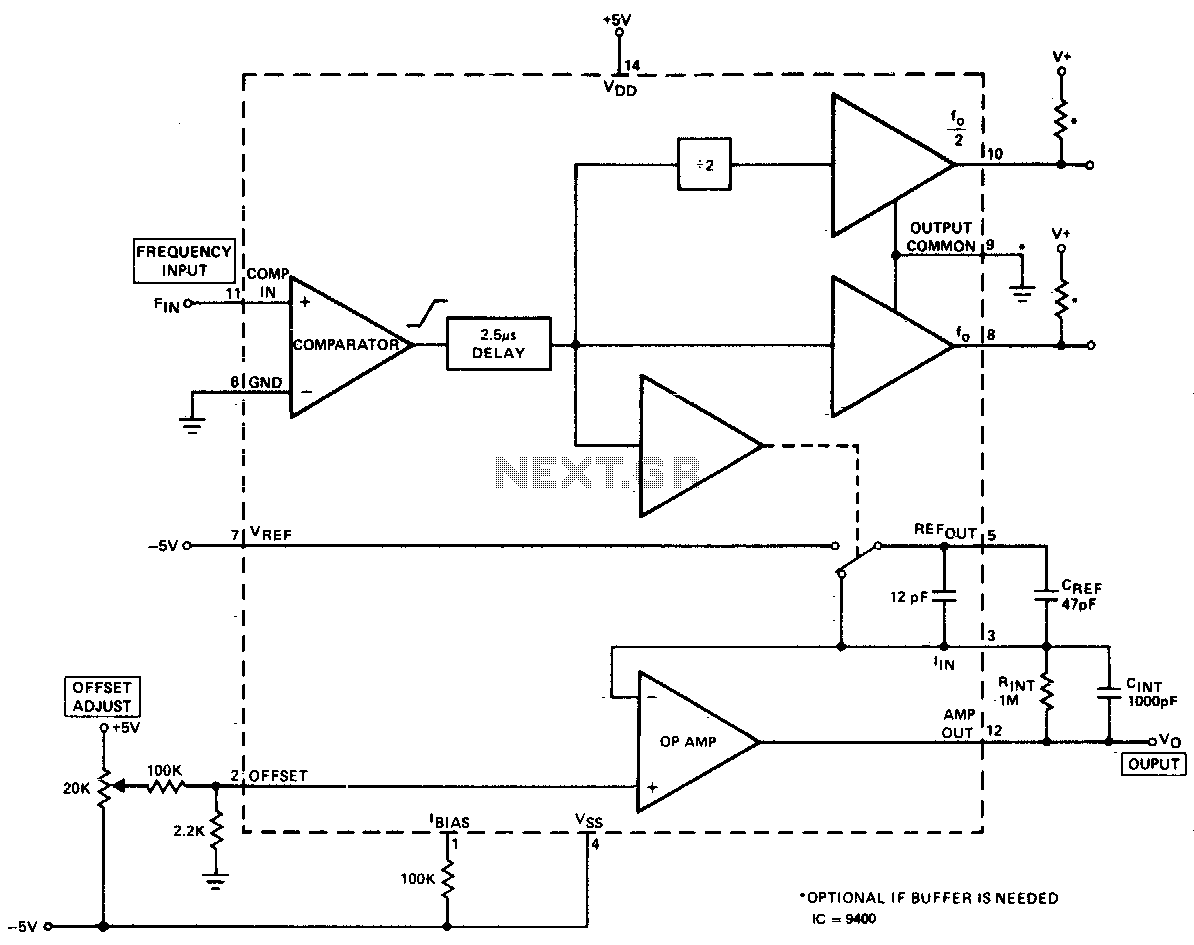
Low Frequency Oscillator
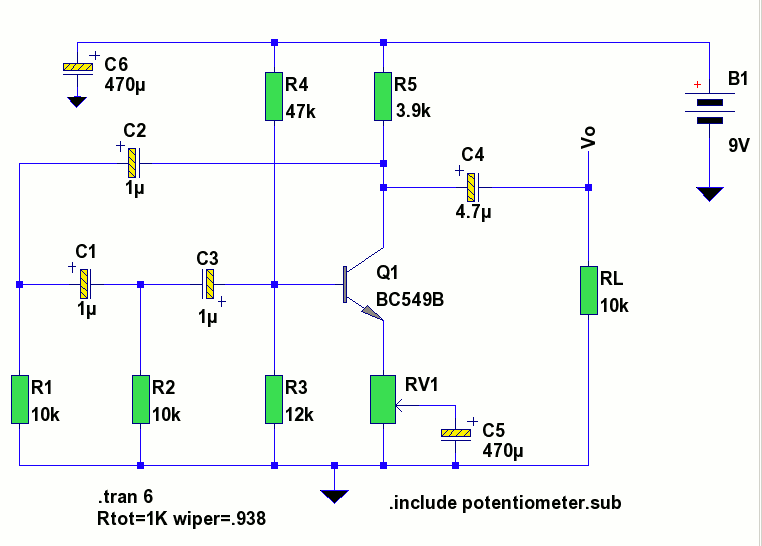
A low-frequency test oscillator designed for testing tone controls and conducting experiments.
The low-frequency test oscillator serves as a versatile tool in audio engineering, particularly for evaluating tone control circuits and facilitating various audio experiments. This device generates sinusoidal waveforms at low frequencies, typically ranging from a few hertz up to several kilohertz, depending on the specific design parameters.
The oscillator circuit can be constructed using operational amplifiers (op-amps) configured in a feedback loop to produce stable sine wave outputs. A common approach involves using a Wien bridge oscillator configuration, which is known for its ability to generate low-distortion sine waves. The frequency of oscillation can be adjusted by varying the resistor and capacitor values in the feedback network, allowing for precise tuning according to the requirements of the test scenario.
In addition to the sine wave output, the oscillator may include features such as amplitude control, allowing users to adjust the output signal level to match the input sensitivity of the tone control under test. This is particularly important to ensure accurate assessments of performance characteristics without introducing distortion or clipping.
Moreover, the test oscillator may be equipped with additional output options, such as square wave or triangle wave outputs, to provide a broader range of testing capabilities. These waveforms can be useful for assessing the response of tone controls to different signal shapes and frequencies, offering a comprehensive evaluation of the audio circuit's performance.
To enhance usability, the device may feature an LCD display or LED indicators to show the current frequency and output level, facilitating easy monitoring during testing. Power supply requirements can vary, but typical configurations utilize standard DC power sources, ensuring compatibility with a wide range of laboratory environments.
Overall, the low-frequency test oscillator is an essential instrument for audio engineers and technicians, providing a reliable means to test and experiment with tone control circuits and other audio processing components.A low frequency test oscillator for testing tone controls and experimenting.. 🔗 External reference
The low-frequency test oscillator serves as a versatile tool in audio engineering, particularly for evaluating tone control circuits and facilitating various audio experiments. This device generates sinusoidal waveforms at low frequencies, typically ranging from a few hertz up to several kilohertz, depending on the specific design parameters.
The oscillator circuit can be constructed using operational amplifiers (op-amps) configured in a feedback loop to produce stable sine wave outputs. A common approach involves using a Wien bridge oscillator configuration, which is known for its ability to generate low-distortion sine waves. The frequency of oscillation can be adjusted by varying the resistor and capacitor values in the feedback network, allowing for precise tuning according to the requirements of the test scenario.
In addition to the sine wave output, the oscillator may include features such as amplitude control, allowing users to adjust the output signal level to match the input sensitivity of the tone control under test. This is particularly important to ensure accurate assessments of performance characteristics without introducing distortion or clipping.
Moreover, the test oscillator may be equipped with additional output options, such as square wave or triangle wave outputs, to provide a broader range of testing capabilities. These waveforms can be useful for assessing the response of tone controls to different signal shapes and frequencies, offering a comprehensive evaluation of the audio circuit's performance.
To enhance usability, the device may feature an LCD display or LED indicators to show the current frequency and output level, facilitating easy monitoring during testing. Power supply requirements can vary, but typical configurations utilize standard DC power sources, ensuring compatibility with a wide range of laboratory environments.
Overall, the low-frequency test oscillator is an essential instrument for audio engineers and technicians, providing a reliable means to test and experiment with tone control circuits and other audio processing components.A low frequency test oscillator for testing tone controls and experimenting.. 🔗 External reference
